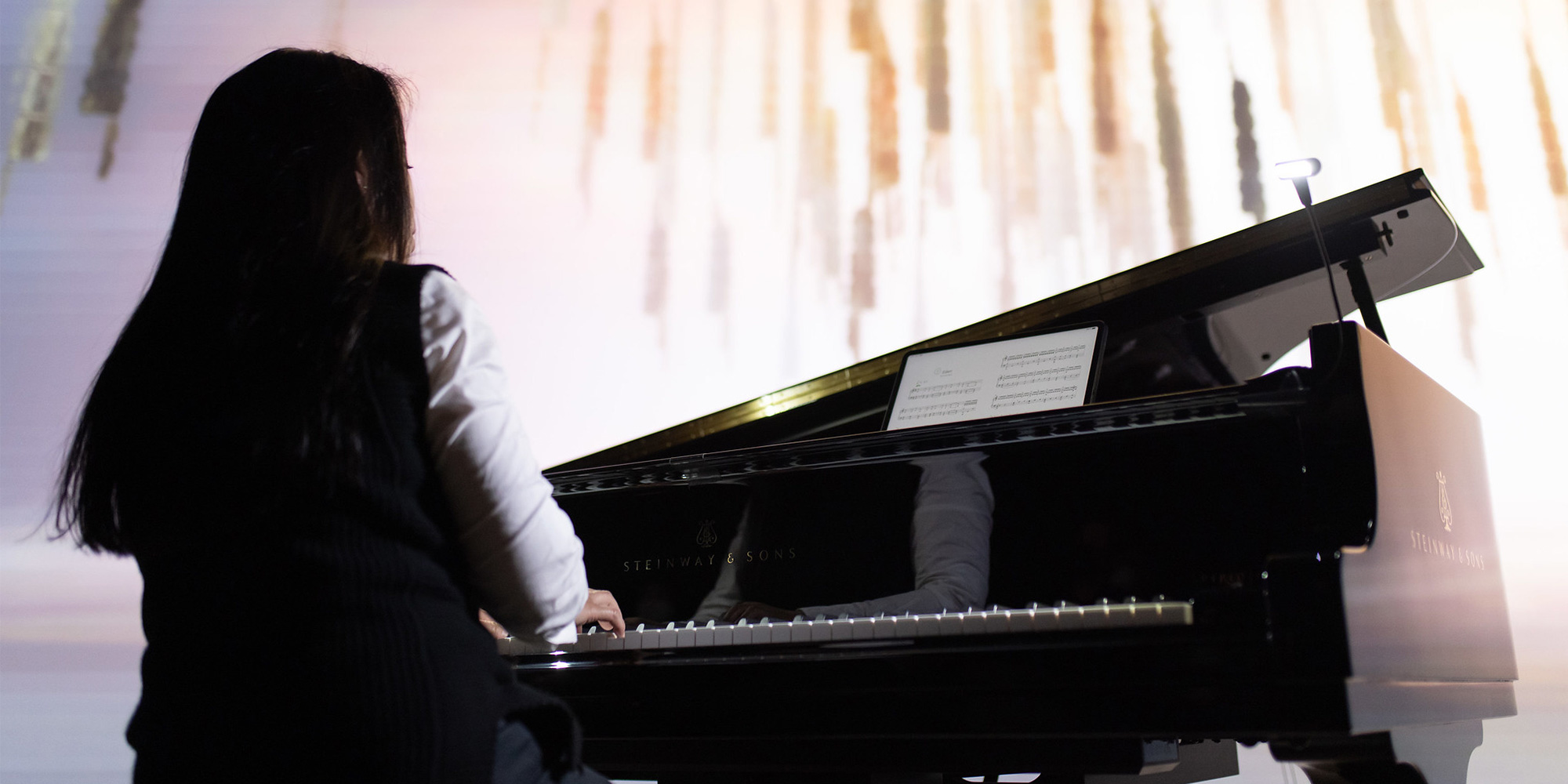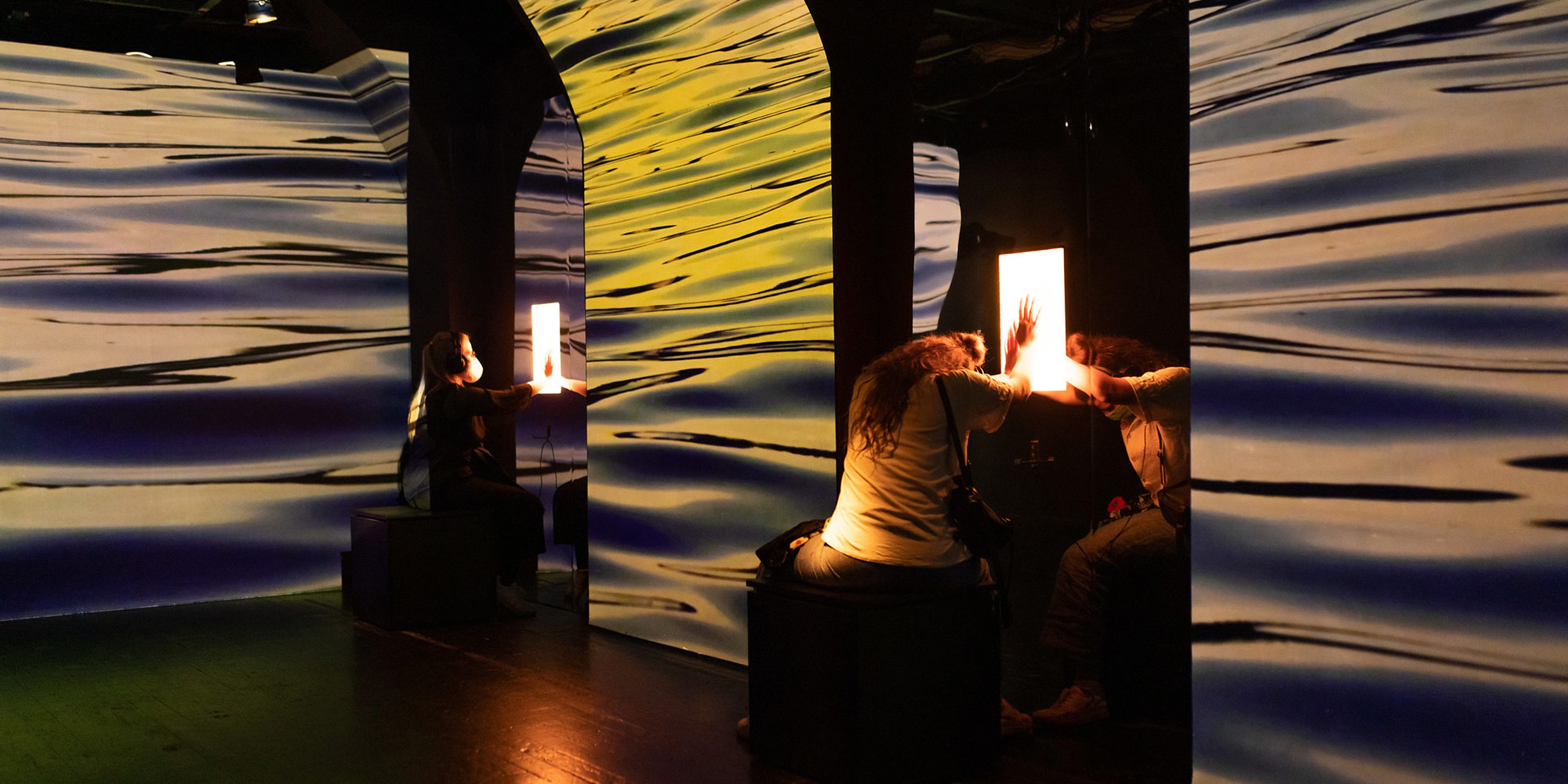From September 8 – 12, 2021, the new deal will be explored, in Linz, in 86 gardens worldwide and online. 750 artists involved, 127 events in Linz, 466 sessions on Swapcard, 15 online tours. Click here for the program in Linz, here for the online events and here for the tickets. And in case a decision-making aid is needed in view of the abundance of options, we have compiled a selection of tours according to interest here.
The day before the official start of the festival opens the Linz exhibitions away from Kepler’s Gardens. The culture walk starts at the OÖ Kulturquartier with a show of the Prix Ars Electronica’s award-winning works.


The Artifical Intelligence & Life Art category is dedicated to artistic practice and thinking in all areas of artificial intelligence and life sciences. In 2021, the Golden Nica goes to the project “Cloud Studies” by the international research agency Forensic Architecture, which investigates human rights violations, state violence and environmental crimes worldwide.
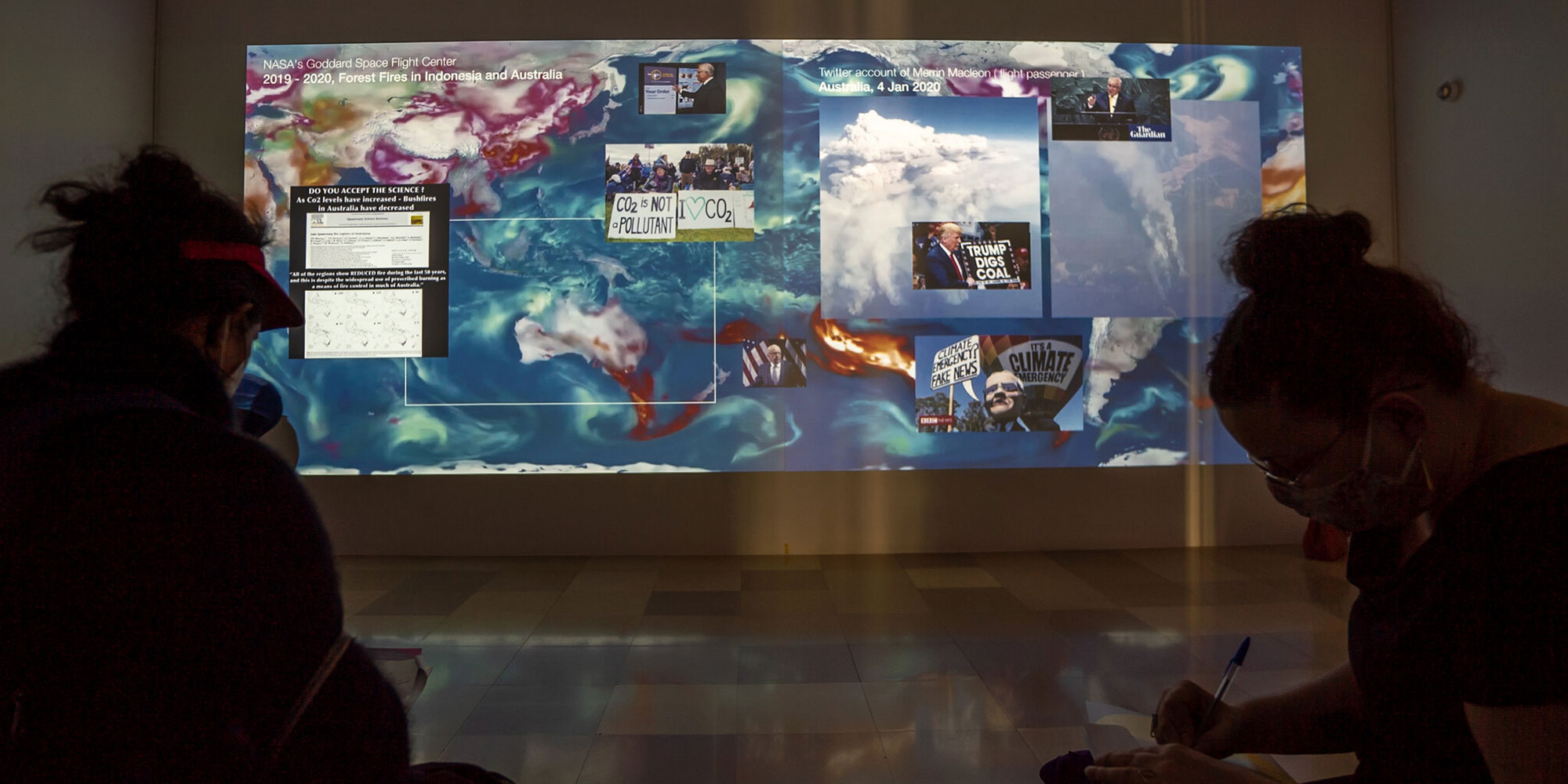
Digital Musics & Sound Art honors contemporary digital sound production from the broad spectrum of electronically generated music. “Organ Scape” is an analog installation by Xoán Xil López, which he created for an organ pipe festival.

A very poetic work from the field of music is “A Father’s Lullaby” by Rashin Fahandej, which addresses unequal treatment based on ethnicity in the prison system in the USA. Fathers sing lullabies, to which different stories and interviews can be heard. A powerful project…
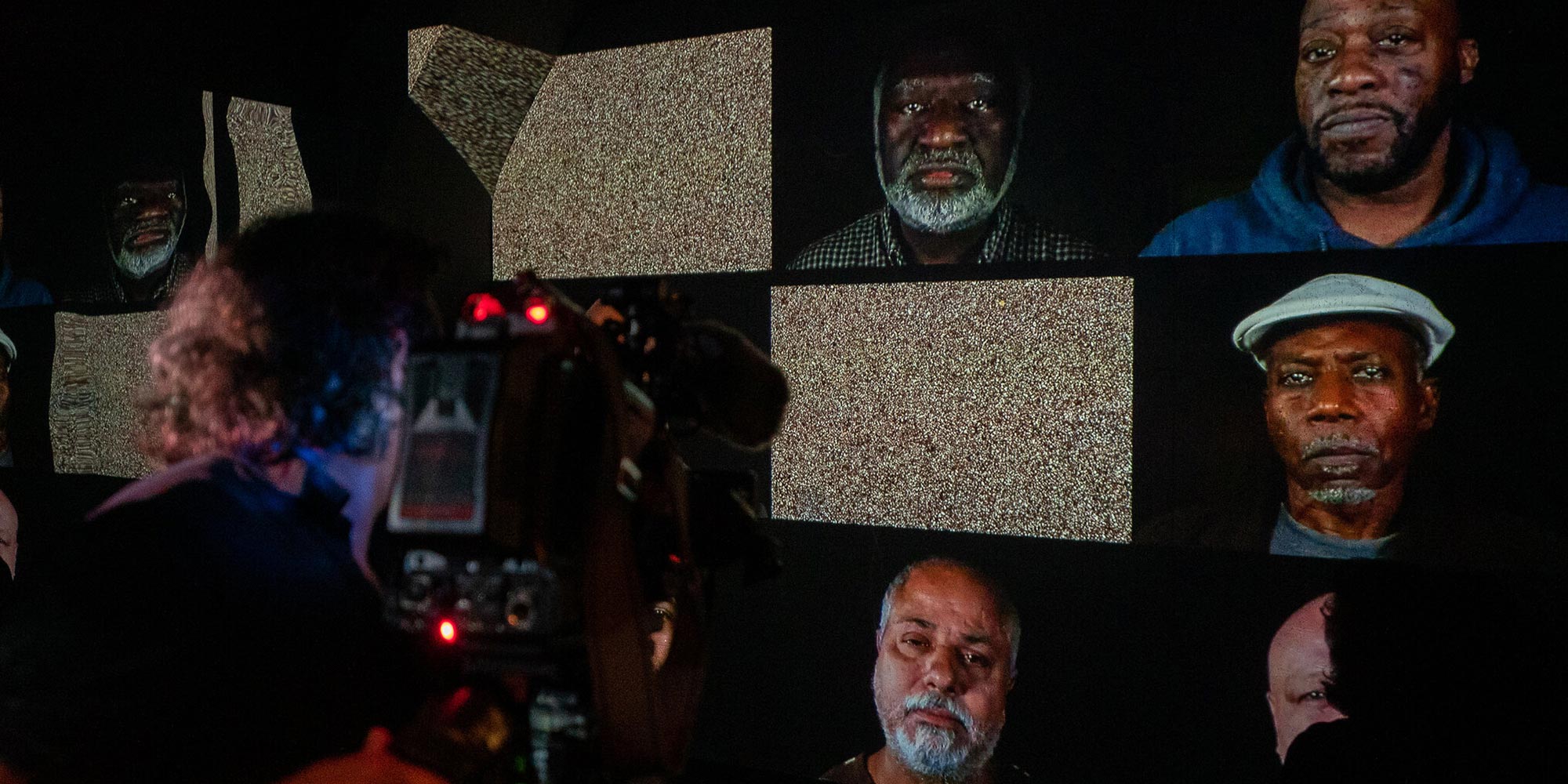
“When The Sea Sends Forth A Forest” by Guangli Liu received the Golden Nica of Computer Animation. It tells the forgotten story of Cambodia’s Chinese population at the time of the Khmer Rouge regime. Because there is hardly any footage from this time, Guangli Liu uses a mixture of propaganda material and images after the fall of the regime and mounts them impressively.

The winner of the Isao Tomita Special Prize, awarded for the first time in 2021, is Khyam Allami with Counterpoint. The work Apotome is an online composition application that can be used to compose outside the classical Western canon.
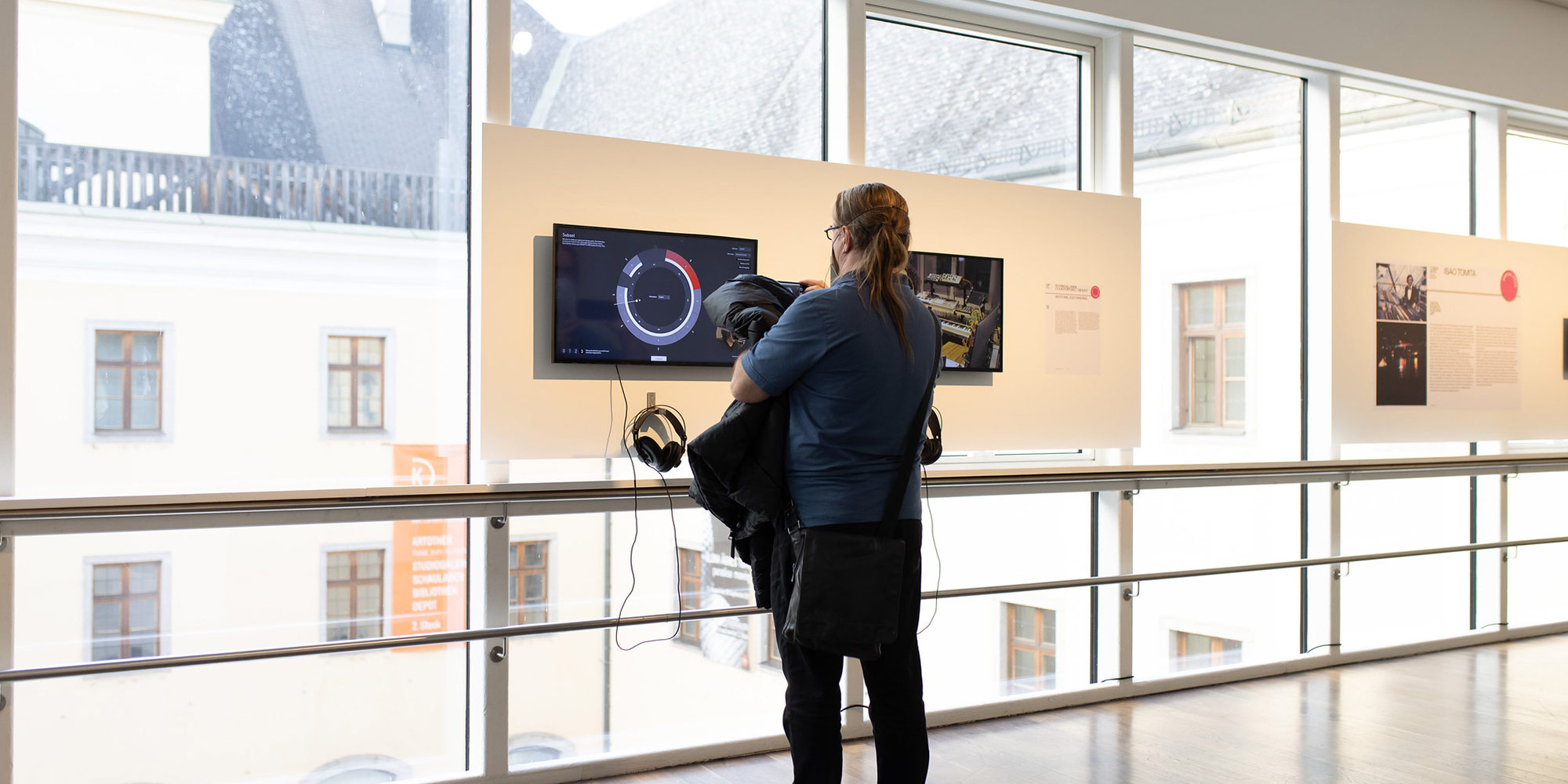
Hannes Leopoldseder, co-founder of the Prix Ars Electronica, passed away in February of this year – a tribute is dedicated to him in the CyberArts exhibition.
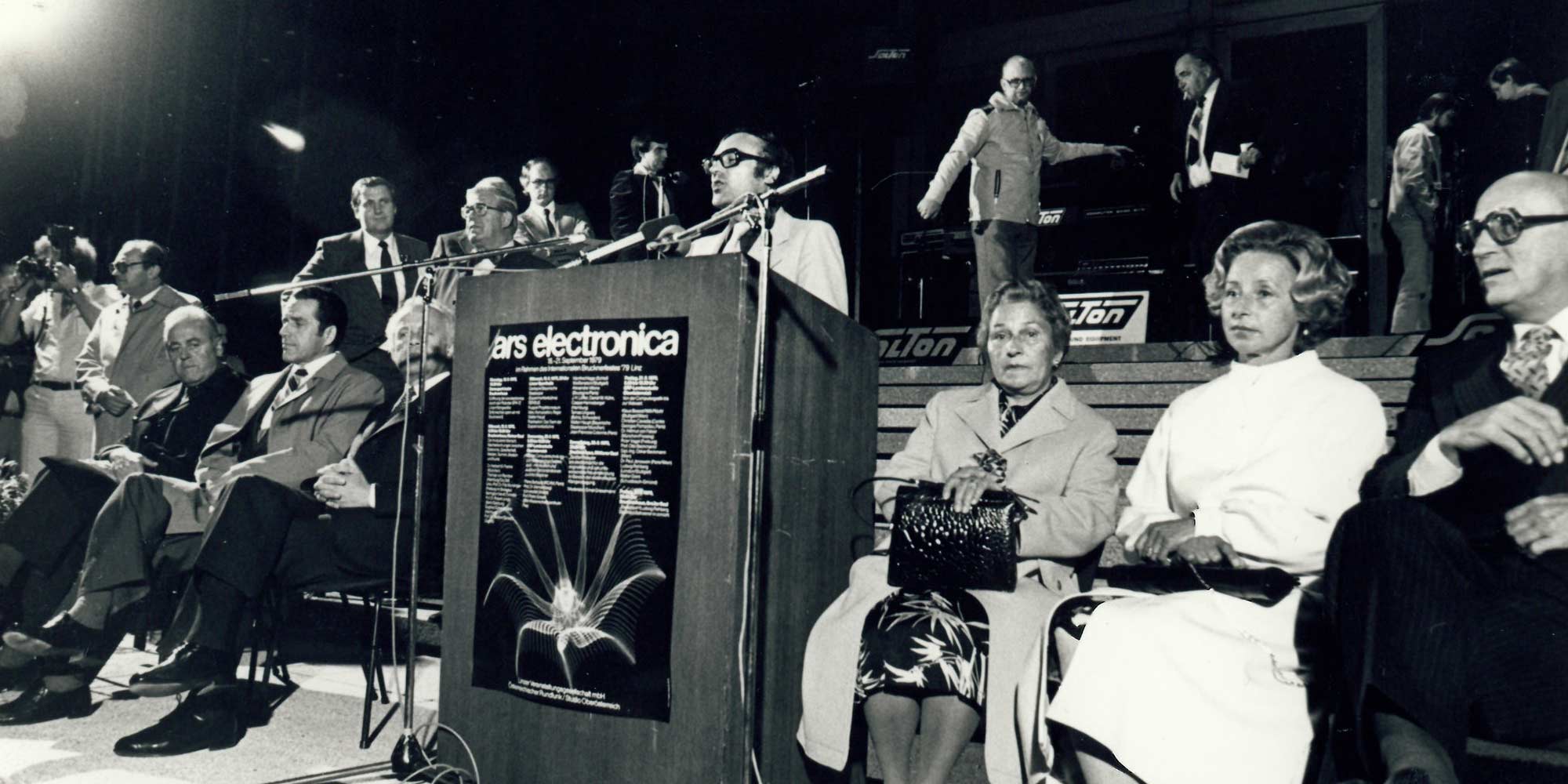
On to the Kunstuniversität Linz, where the exhibition “Loops of Wisdom” presents itself as a well thought-out set of inspiring exhibitions, presentations, performances, interventions, workshops and laboratory settings, as well as a discursive platform. The various formats were curated and compiled by students and faculty. This time, the Kunstuni Campus for the 2021 Ars Electronica Festival is larger than ever before. There are nearly 100 exhibits with 190 participating artists.
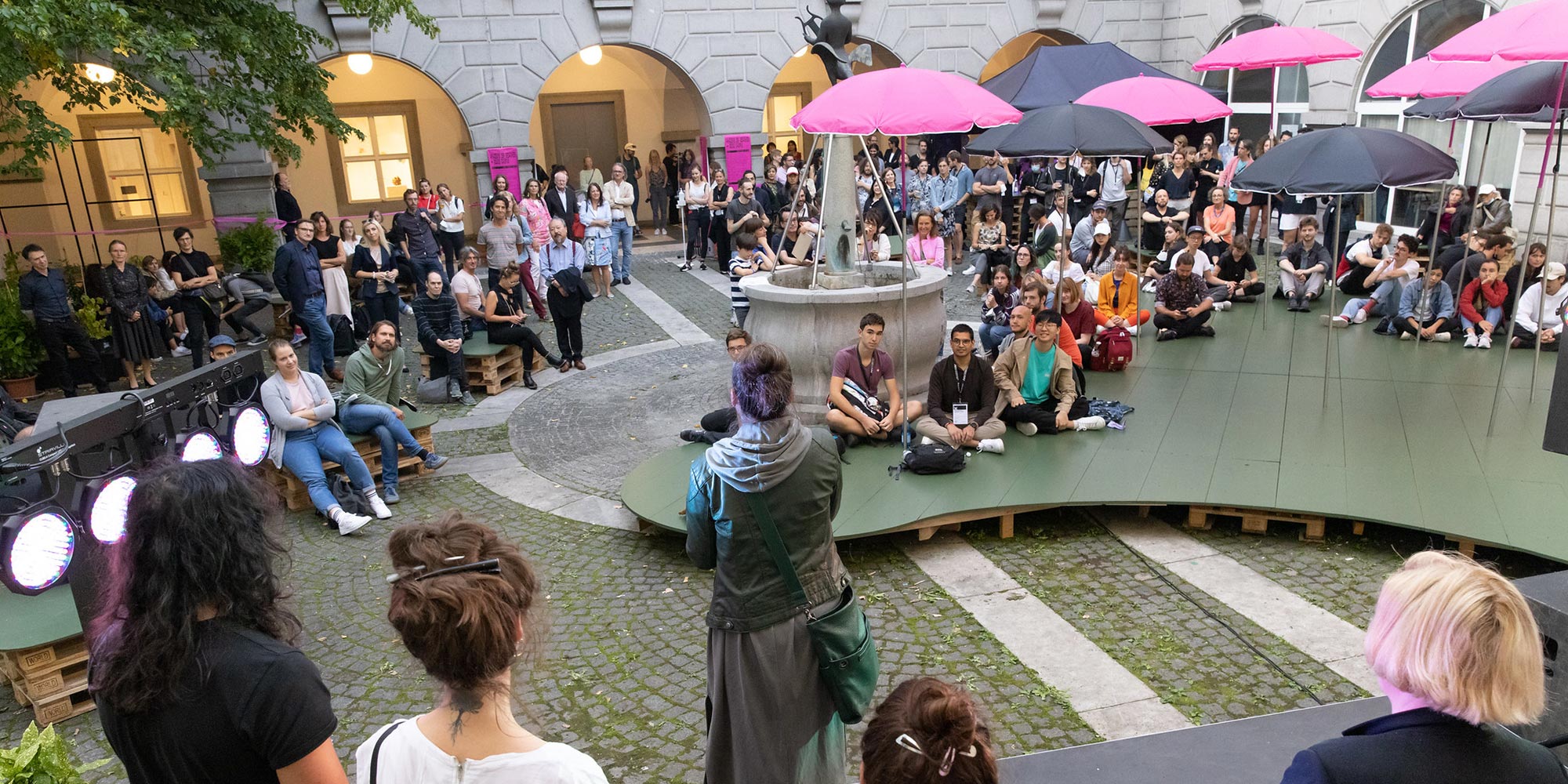
This year’s partner university is the Zurich University of the Arts. “Infinite Nows”, the exhibition by the students of the ZHdK, explores togetherness, human-social or human-non-human.
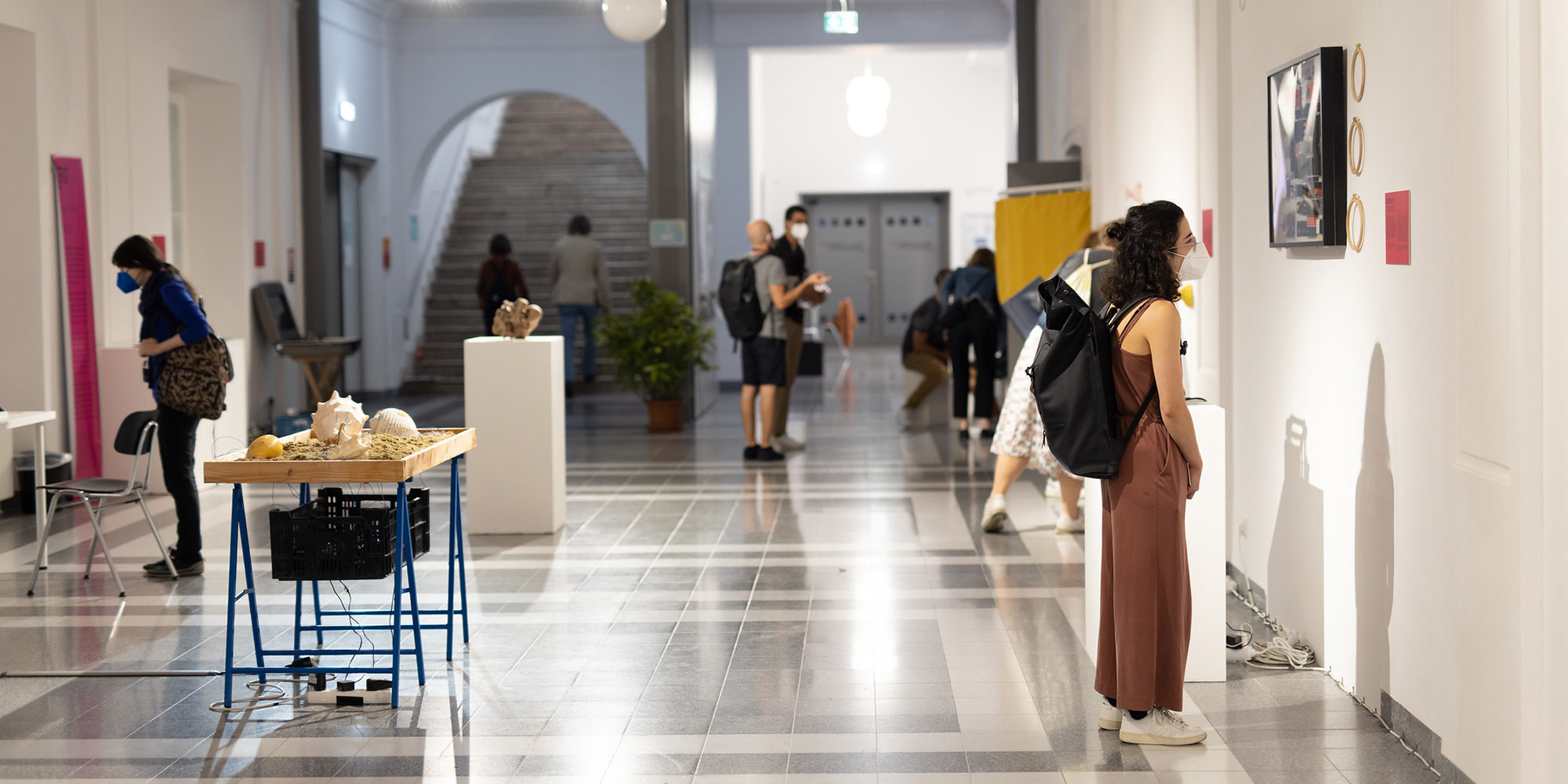
“Eerie Me” by Barbara Jazbec is based on Furby, an interactive toy with cult status. The artist explores personal ways to hack the toy and expand its identity by incorporating parts of her body and personality into a hybrid creation.
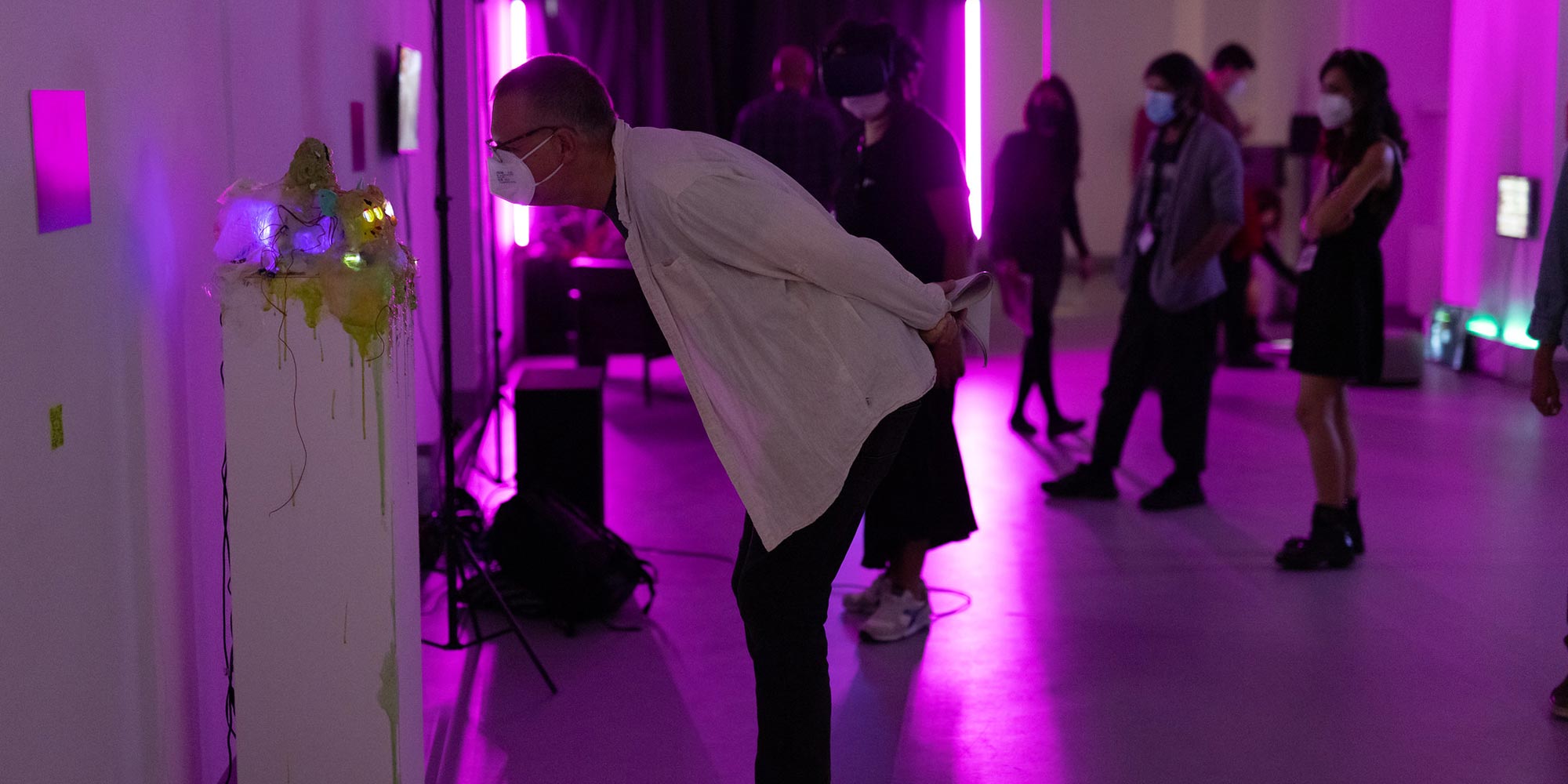

It proceeds to the Atelierhaus Salzamt, where studios, small apartments and a studio are available for local and international artists.
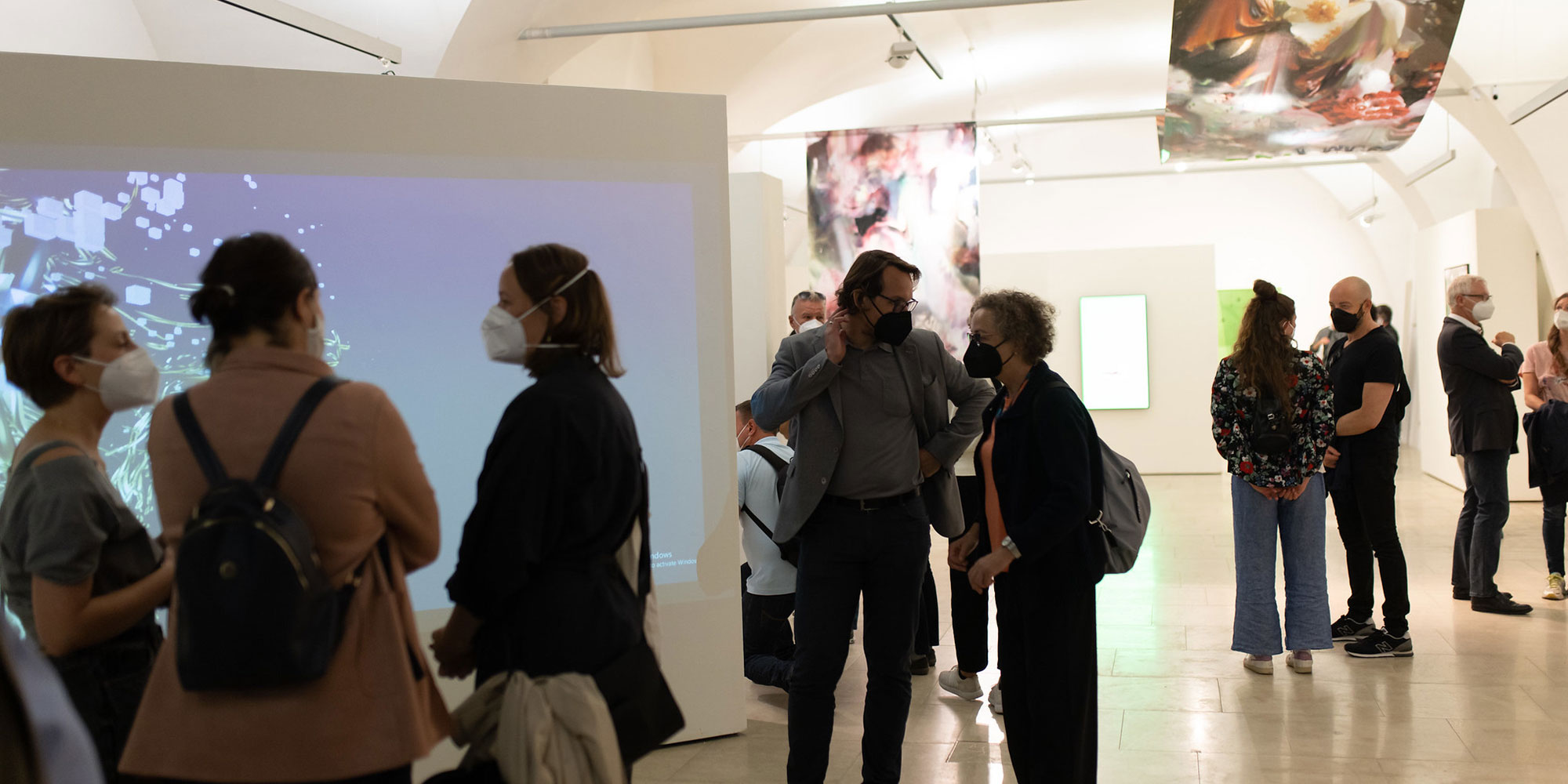

Hosted by Bildraum Vienna and Ars Electronica at Salzamt Linz, three artists will be featured: Simon Lehner, Flavia Mazzanti and Michaela Putz. The exhibition at Salzamt Linz includes a selection of video works, photographs, preliminary studies and sketches curated for the theme of the Ars Electronica Festival, as well as a spatial intervention and a VR installation.
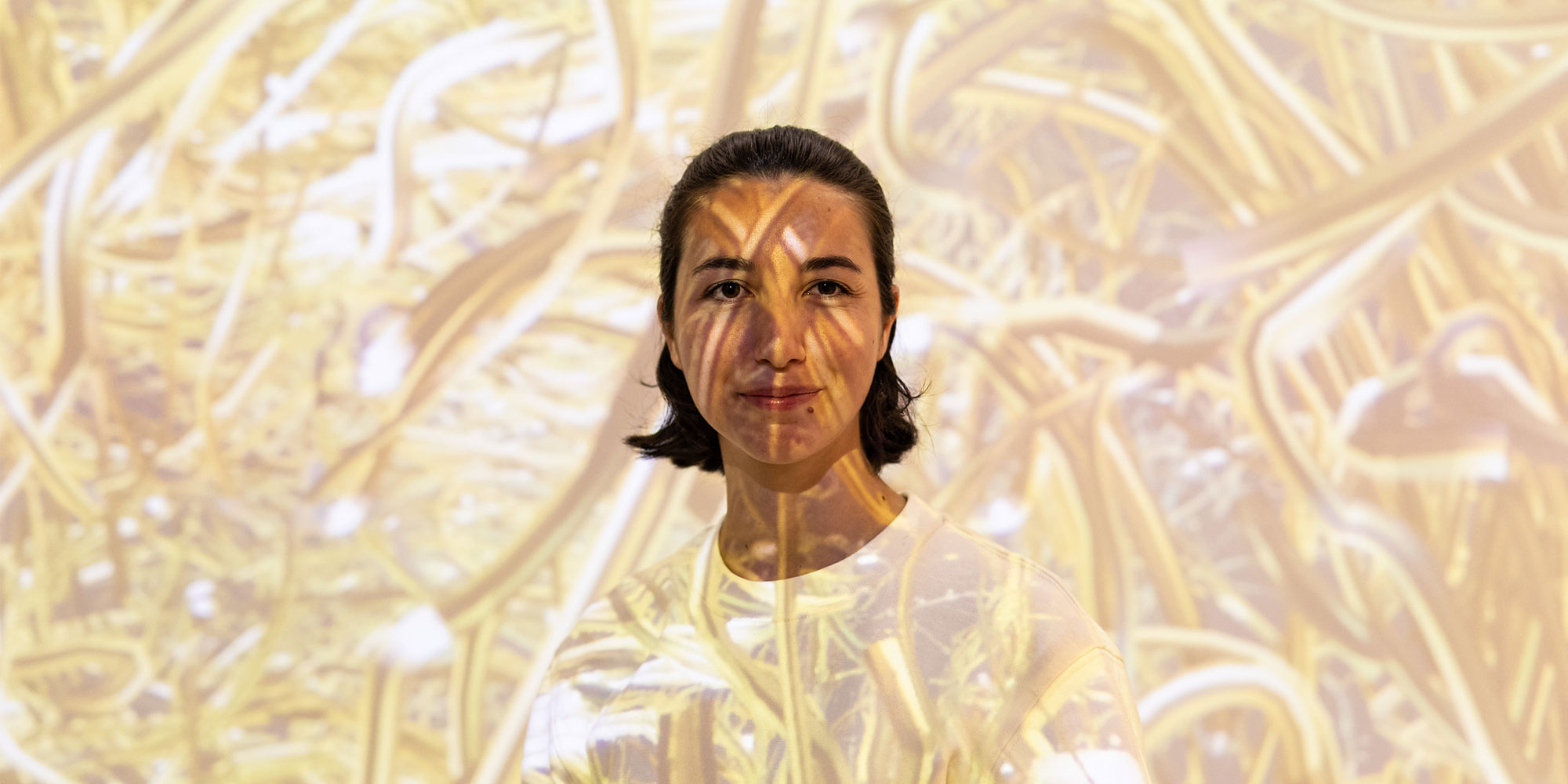
The last stop on the pre-opening evening will be the Ars Electronica Center, where a new exhibition, “There Is No Planet B,” opens.

Global warming and human responsibility are the big issues of the day – and, of course, the question of how we should deal with them. The exhibition “There Is No Planet B” shows urgency and possible solutions.
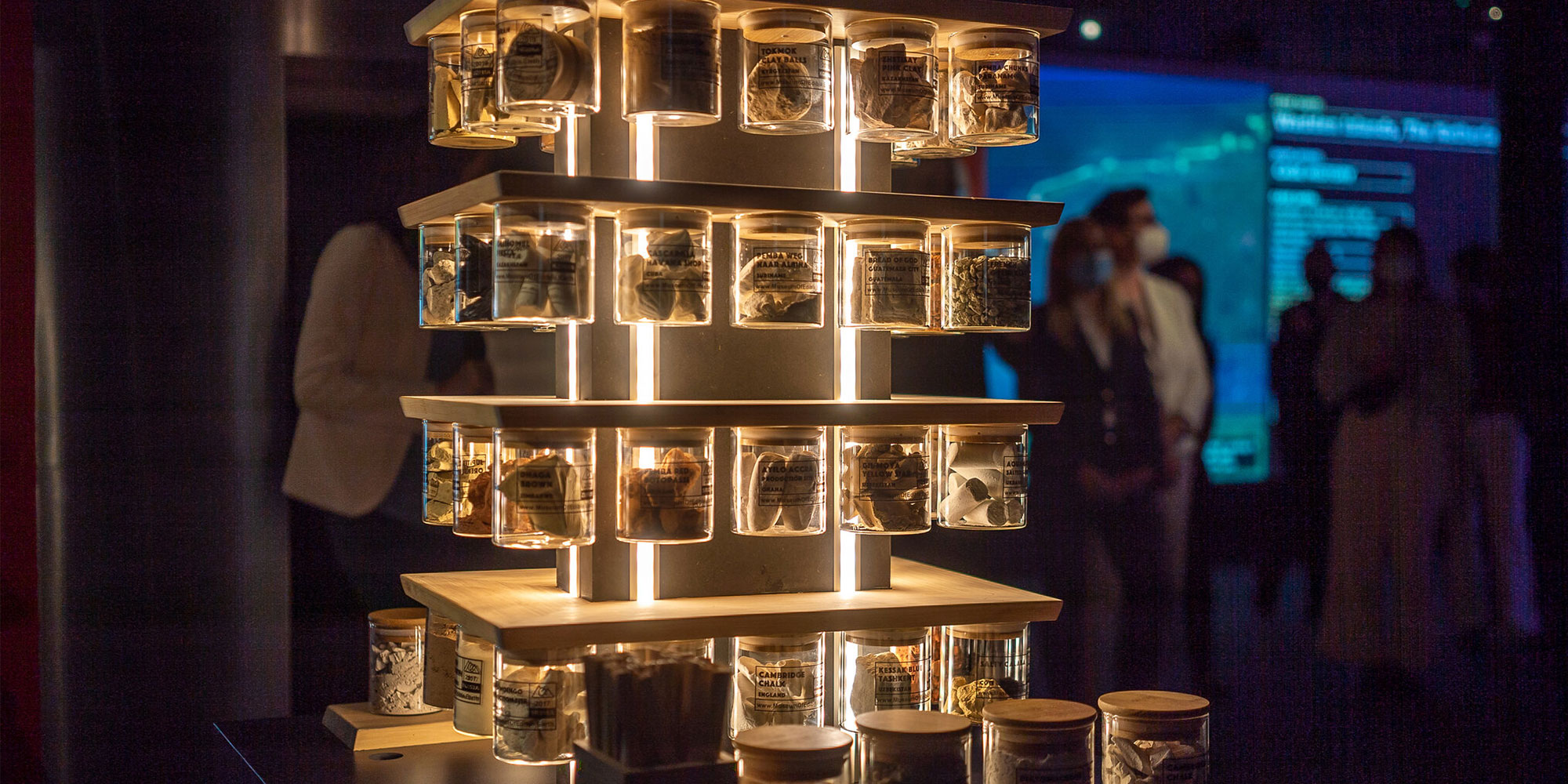
The Ars Electronica Futurelab is 25 years old. To mark this anniversary, it invites you on a journey into the past, present and future.
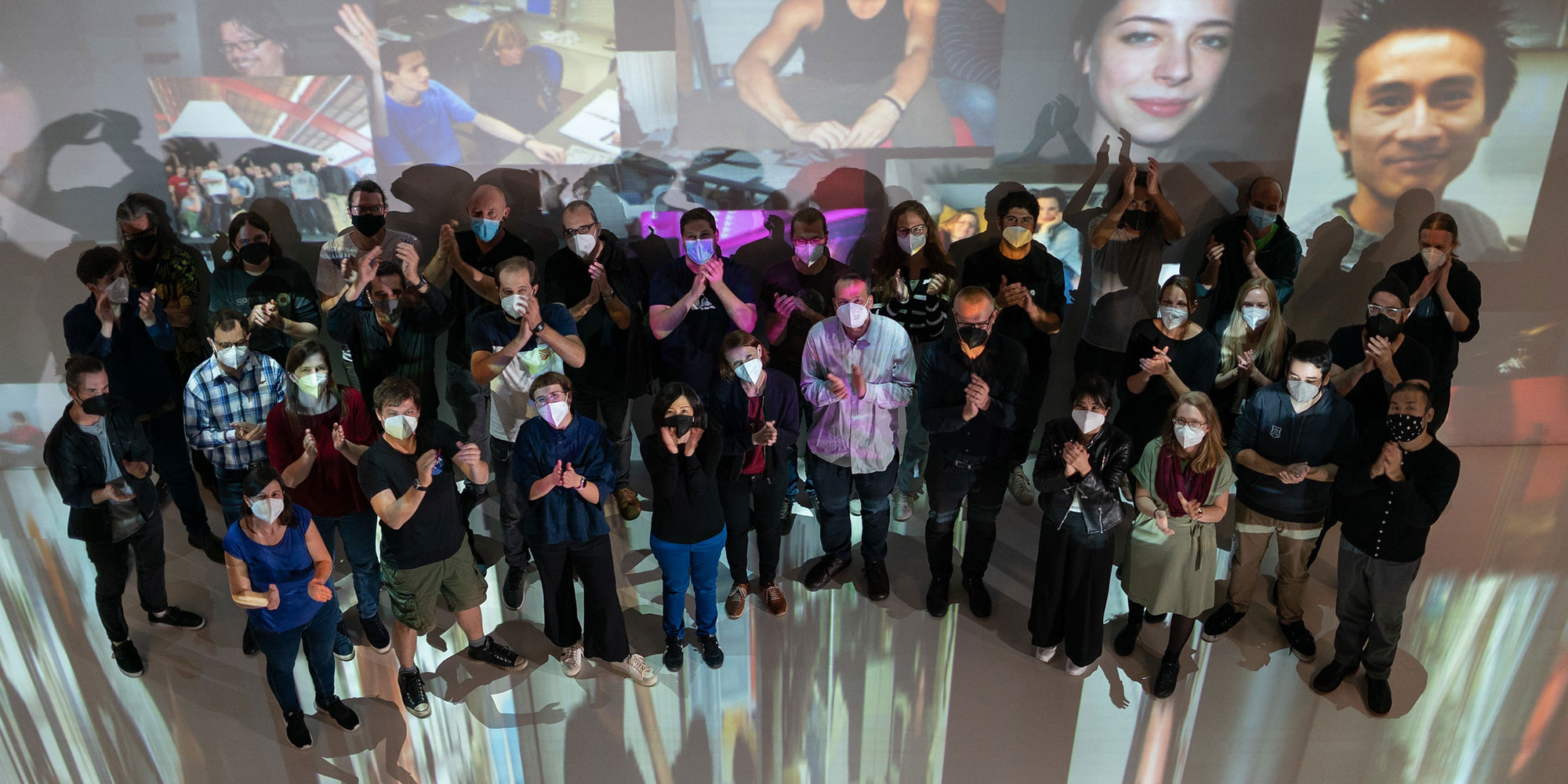
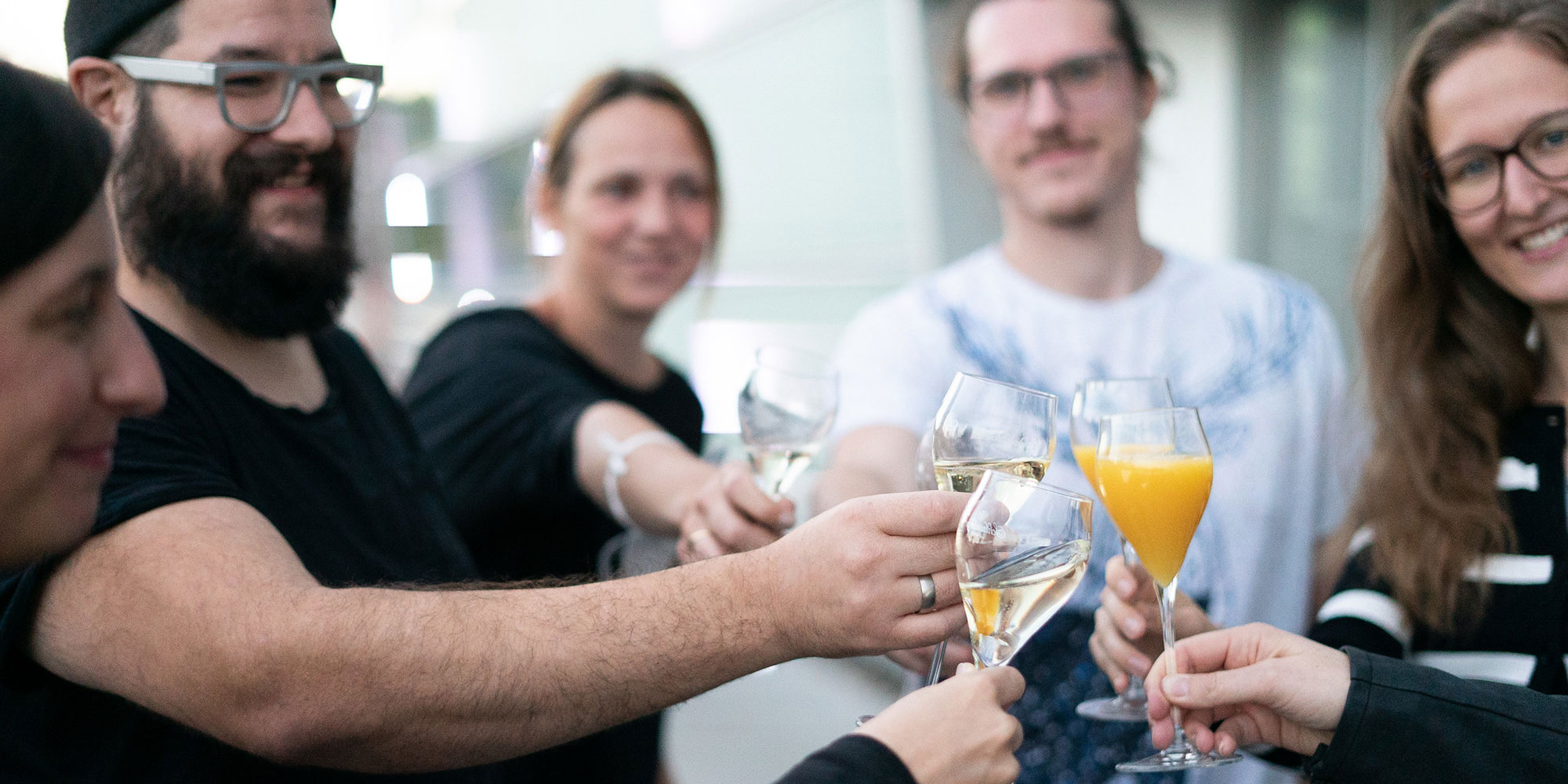
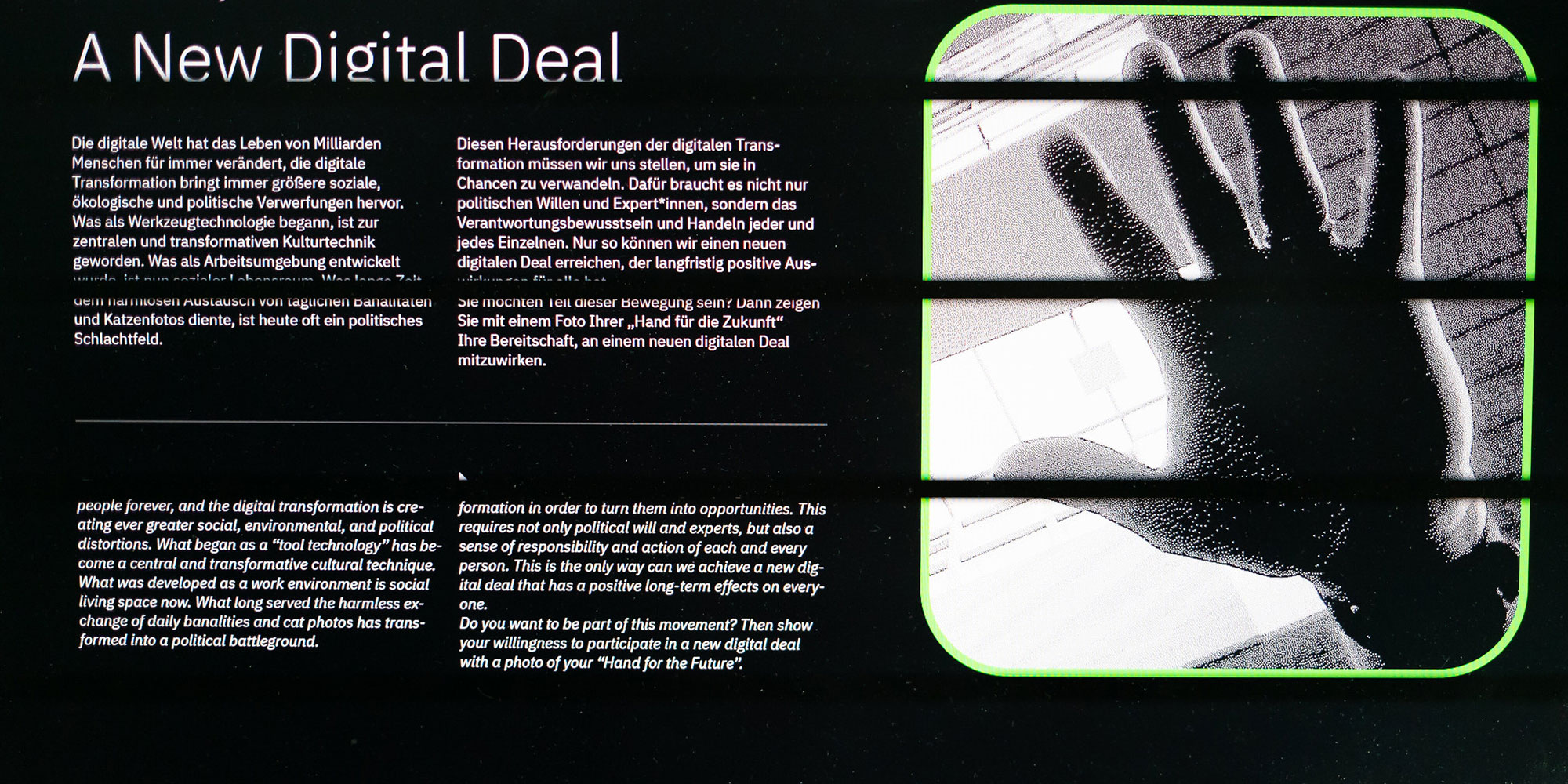
As a worthy conclusion to the evening and a joyful prelude to an Ars Electronica Festival full of art, technology and society, we then listen to Maki Namekawa at Deep Space 8K. Pianographique is the name of the mixture of piano and visuals that continues to cast its spell on us. Visuals by Cori O’Lan.

